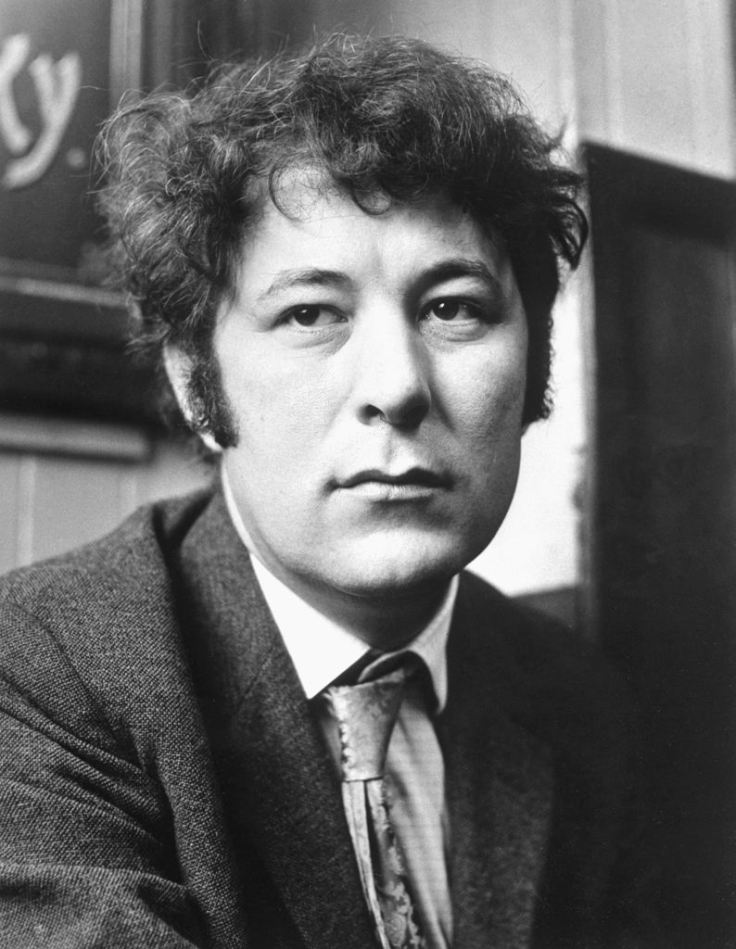For this week’s post I’ve decided to do a close reading of Seamus Heaney’s poem, “Mid-Term Break”, first published in his collection titled Death of a Naturalist. We briefly looked at this poem in my English 220 class but ever since then I’ve been wanting to go back and dig a bit deeper into it.

Before we get started, I think I should define what exactly a ‘close reading‘ is for those who aren’t familiar with literary criticism. A close reading is like taking a single text and putting a magnifying glass up to it. When you close read you pick apart and analyze every last bit of the text you can and pull all of the information out of it that you can. You have to look at not only every day literary devices that the author uses but also out-of-the-box sort of things such as the title itself and even the shape of the piece your analyzing as well as that of each individual paragraph or stanza.
Normally you would end up with page after page of analysis, but I won’t be going too in-depth here as this is only a short blog post. I’ve reproduced the text for you below so that you can follow along. Feel free to do some close reading of your own! Enjoy!
I sat all morning in the college sick bay
Counting bells knelling classes to a close
At two o’clock our neighbors drove me home.
In the porch I met my father crying-
He had always taken funerals in his stride-
And Big Jim Evans saying it was a hard blow.
The baby cooed and and laughed and rocked the pram
When I came in, and I was embarrassed
By old men standing up to shake my hand
And tell me they were ‘sorry for my trouble’.
Whispers informed strangers that I was the eldest,
Away at school, as my mother held my hand
In hers and coughed out angry tearless sighs.
At ten o’clock the ambulance arrived
With the corpse, stanched and bandaged by the nurses.
Next morning I went up to the room. Snowdrops
And candles soothed the bedside; I saw him
For the first time in six weeks. Paler now,
Wearing a poppy bruise on his left temple,
He lay in the four-foot box as in his cot.
No gaudy scars, the bumper knocked him clear.
A four-foot box, a foot for every year.
The first thing I notice about the poem is the title’s reference to the events that occur in the poem. The word ‘break’ is a reference to the severing of ties between the speaker and his younger brother. Heaney continually builds up the funeral to express the abnormality of the situation, describing his unusual pick-up from school and telling us that his father “always took funerals in his stride” but is now weeping uncontrollably. Another thing to note is the “poppy bruise” on the deceased boy’s forehead, which resembles the British emblem of Remembrance given to fallen combat soldiers during World War 1. This could hint at the speaker’s reverence for and remembrance of his brother as he is viewing the casket.
It is also worth noting that the poem consists of seven three-line stanzas and one one-line stanza, all with no discernible rhyme scheme. There are, however, instances of consonance such as classes/close/clock and assonance like close/drove/home/blow. Heaney uses that final line, “A four-foot box, a foot for every year,” as a final ‘punch line’, revealing just how young his brother was at the time of his death and thereby giving the reader a sense of finality along with an idea of the suddenness and heartbreak of his loss.
- Heaney, Seamus. Opened Ground: Selected Poems, 1966-1996. New York: Farrar, Straus and Giroux, 1998. Print.
